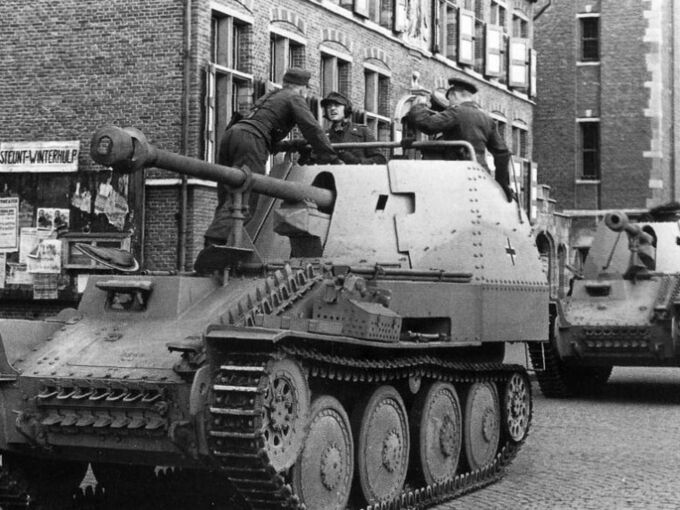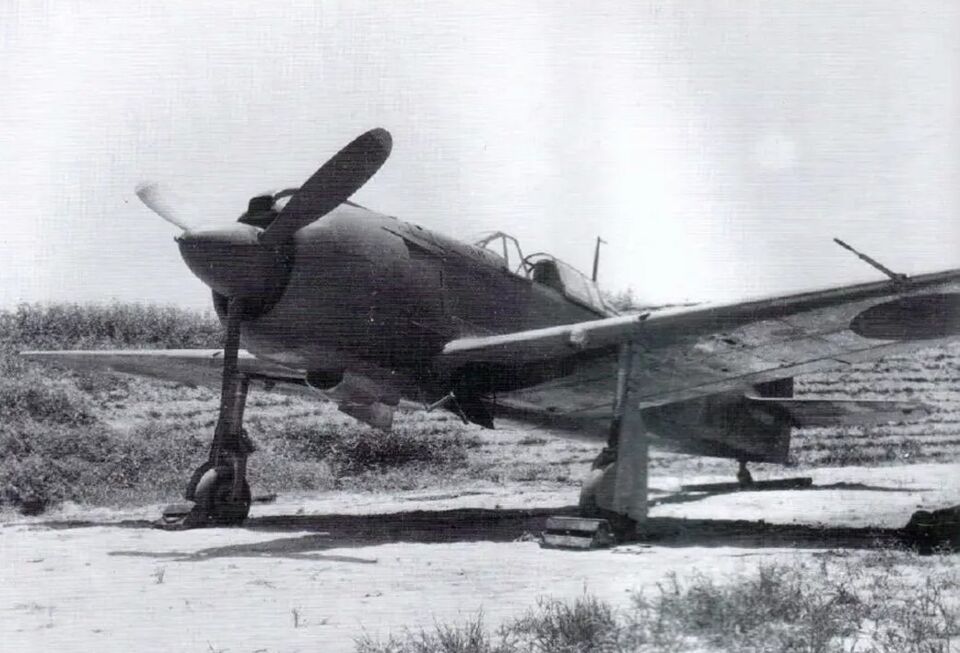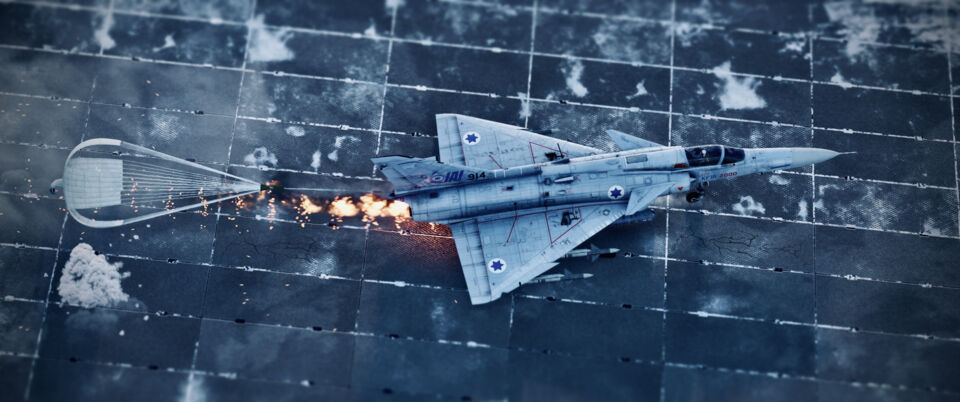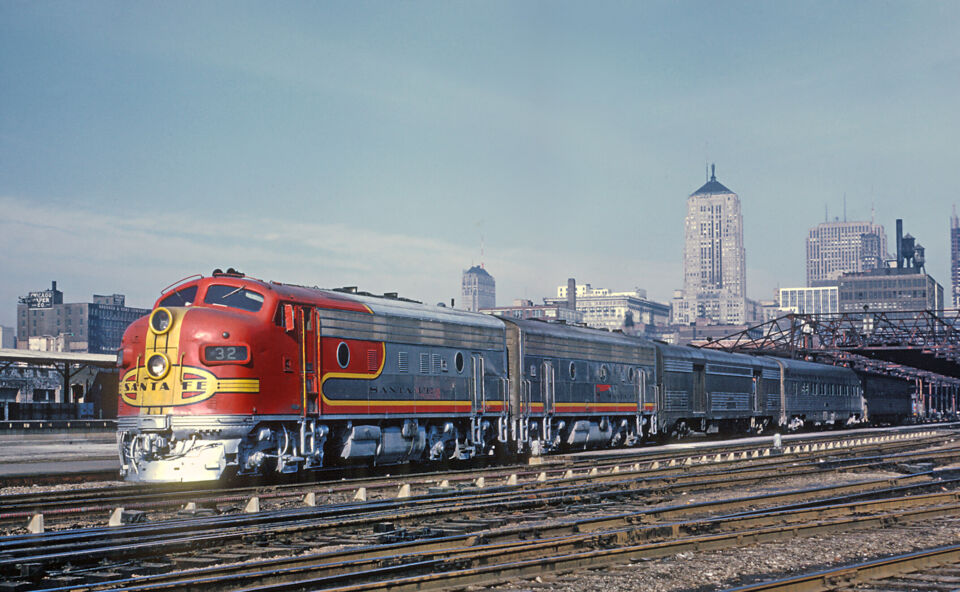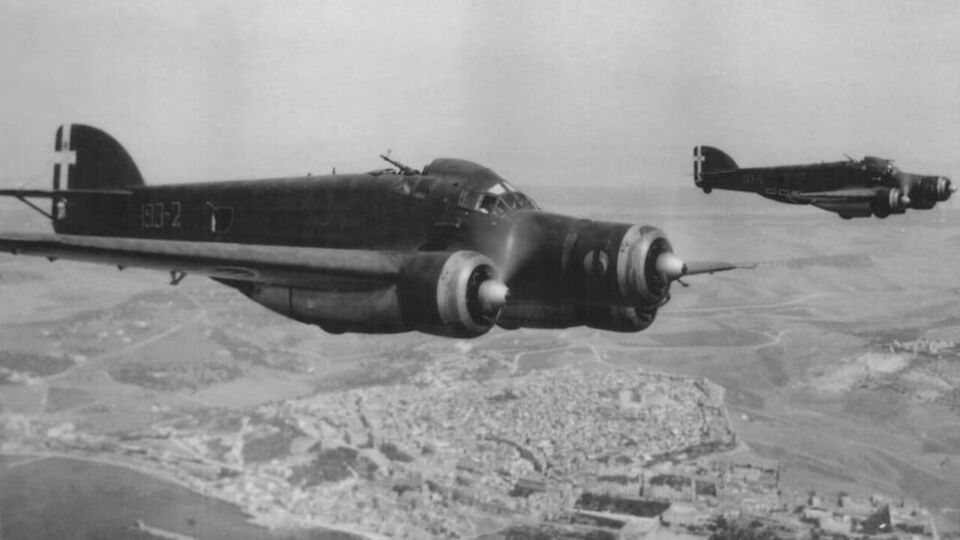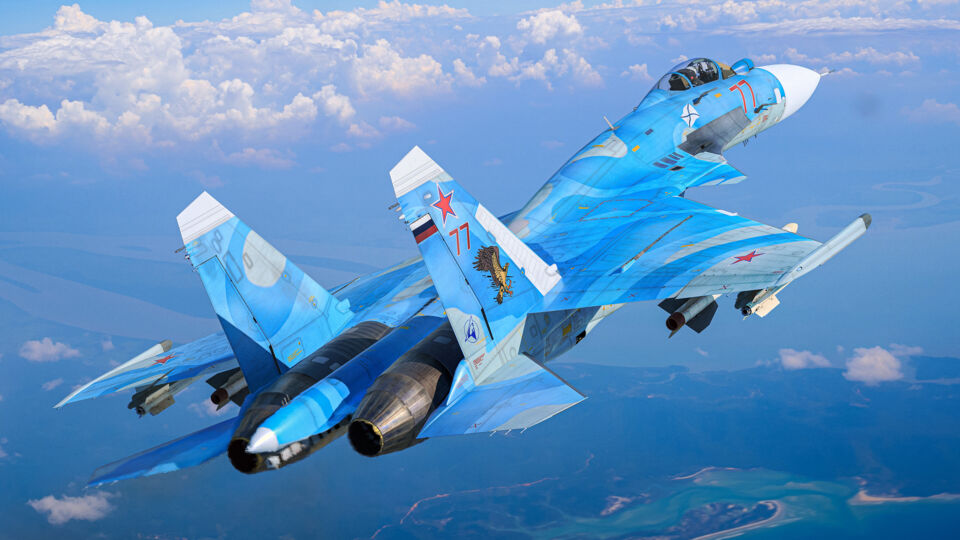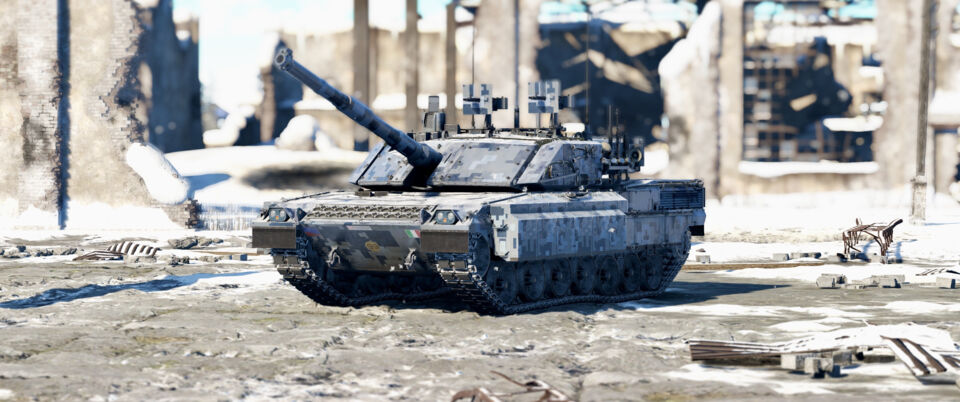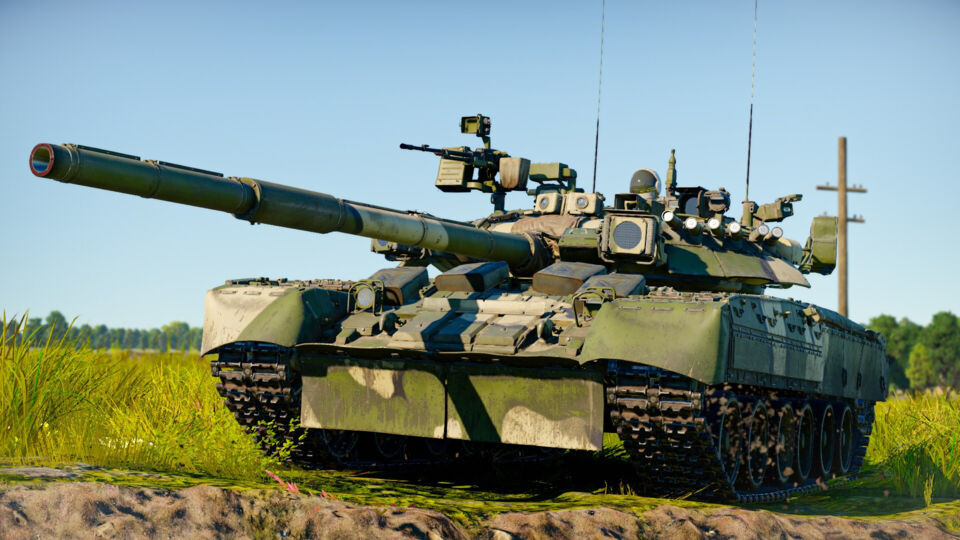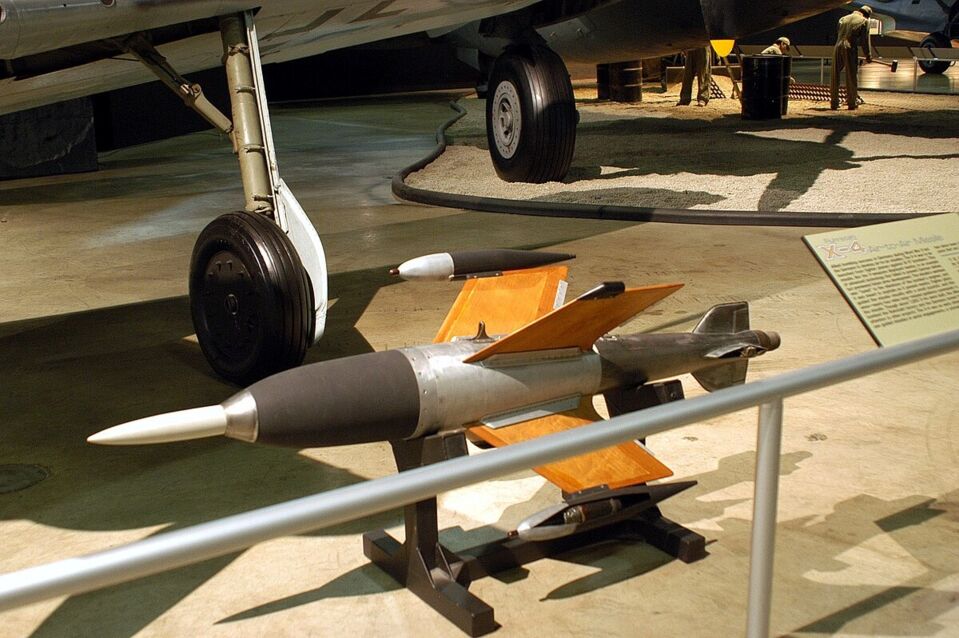#article
During Operation Barbarossa, Germany’s invasion of the Soviet Union, the Third Reich ran into Russia’s secret weapons: the T-34 and KV-1. While German engineers came up with move advanced tanks to combat Soviet armor, a quick solution was put together to face the Russians on somewhat equal terms. This stopgap would be known as the Marder.
As World War II reached its final stages, Japan faced increasing challenges in maintaining air superiority. The introduction of the Type 5 Fighter (Ki-100) marked an important attempt by the Imperial Japanese Army to adapt to wartime conditions by replacing unreliable liquid-cooled engines with more dependable air-cooled alternatives. Developed from the Type 3 Fighter (Ki-61 Hien), the Type 5 Fighter proved to be one of the most effective Japanese interceptors of the war.
The Kfir C.10 (Block 60) is a modernized variant of the Israeli Kfir multirole combat aircraft, which is in turn a derivative of the French Dassault Mirage 5. With the addition of four DERBY active radar-homing missiles and a top-of-the-line avionics suite, combined with the excellent airframe of the Kfir C.7, the Kfir C.10 is a force to be reckoned with in air battles, and it excels in medium to close range engagements. However, a small missile payload limits the Kfir C.10's ability to engage multiple targets simultaneously.
Today I’m going to tell you a little more about trains, but not the Br 52 this time. Today it’s about the EMD F series. The EMD F is an American diesel-electric locomotive from General Motors Electro-Motive Division. It was designed as a heavy freight locomotive, but it was also used for passenger trains. A total of 1,807 units were built between 1945 and 1949: 1,111 of type A and 696 of the cabless units of type B.
Sleek, powerful, and fast, the 'Sparviero' ('Sparrowhawk') was one of the deadliest warbirds above the Mediterranean when it first entered service in the mid-'30s. However, as the Second World War started to go badly for Italy, the SM.79's shortcomings were quickly exposed by a new generation of fighters, which this aircraft’s designers had not prepared for.
The Su-33 is a carrier-based air superiority fighter developed from the Su-27 to meet the needs of the Soviet Navy. It features reinforced landing gear, folding wings, an arrestor hook, and canards to improve low-speed handling during carrier operations. Designed for operations aboard the Admiral Kuznetsov, the Su-33 is optimized for long-range interception and high-maneuverability combat. Despite its increased weight, the Su-33 maintains decent maneuverability and is capable of employing a wide range of air-to-air missiles, making it one of the most capable carrier-based fighters of its era.
The Ariete PSO is a lesser-known variant of the Italian C1 Ariete MBT modified for peace support operations. Rather than being fitted with the standard WAR armor package, the Ariete PSO is equipped with specialized composite armor designed to increase survivability against RPG attacks in low-intensity combat environments. Like the standard Ariete and the more modern Ariete AMV, the Ariete PSO lacks any meaningful protection against kinetic rounds and is extremely unforgiving to use when compared to other MBTs like the Leopard 2A7V. However, players who can work around the Ariete’s various weaknesses will be able to utilize the full potential of the Ariete’s excellent offensive armament, making it a formidable opponent when in the hands of a skilled tanker.
The T-80UK is a modified command and control variant of the T-80, equipped with multiple systems not present on some other T-80s, such as Shtora-1 soft kill APS, and a laser warning system. This, like many other T-80s, makes the T-80UK a dangerous opponent; however, it has a few fatal flaws that render it ineffective in certain situations. Being a squadron vehicle it means you have to research it and stock grind it. So, how is it played, and what modifications should be prioritised?
The Ruhrstahl X-4 missile was a World War 2, German-designed air-to-air missile, the first air-to-air missile of its kind to be produced. It is the earliest air-to-air missile that is available in War Thunder, and is available on the tech tree Fw 190 F-8. Let us dive into the interesting history of the missile, and later talk about how to use this unique missile!
During the Second World War, there is no doubt that Germany led the world in military designs and innovations. However, in the years after the war, a near legendary status has surrounded Germany’s tanks, with names such as the Panther, Tiger I and King Tiger (and, of course, the redoubtable Maus) all coming to mind as nearly indestructable fighting machines. But was this actually the case? Were Panzers as amazing as we have been led to believe, and how have they gained such a formidable reputation?
